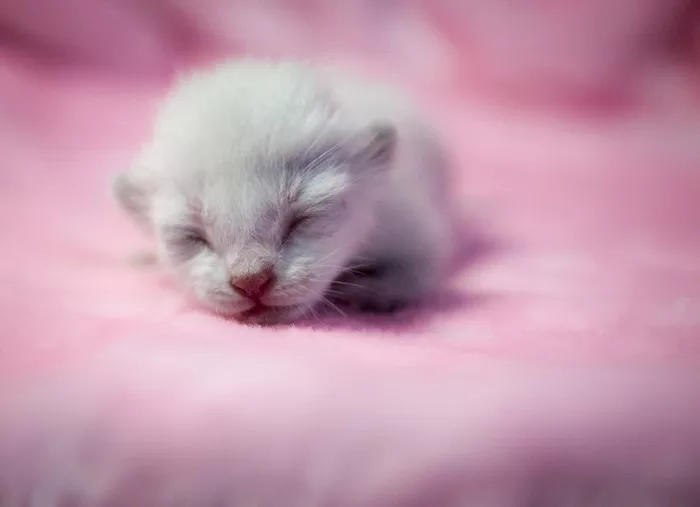Cats, with their curious nature and discerning palates, often raise questions about the safety and suitability of various foods. Among the queries commonly posed by cat owners is whether their feline companions can indulge in the sweetness of apples. In this comprehensive exploration, we delve into the intricacies of feline nutrition, the potential benefits and risks of cats consuming apples, and guidelines for offering this fruit as an occasional treat.
Understanding Feline Nutrition
Before delving into the specifics of cats and apples, it’s crucial to grasp the foundations of feline nutrition. Cats are obligate carnivores, meaning their diet primarily consists of meat. Unlike omnivores, which can derive nutrients from both plant and animal sources, cats have unique dietary requirements that necessitate a higher intake of animal proteins.
The key nutritional components essential for a cat’s well-being include:
Protein: Vital for muscle development, maintenance, and overall bodily functions.
Fat: A concentrated source of energy crucial for a cat’s metabolism.
Taurine: An amino acid crucial for heart health and vision.
Vitamins and Minerals: Essential for various physiological processes, including bone health and immune function.
Understanding a cat’s dietary needs is fundamental when considering the inclusion of non-meat items in their diet, such as fruits like apples.
Apples and Feline Health
Apples, a popular and nutritious fruit for humans, can be offered to cats in moderation. The fruit is a rich source of various vitamins and minerals, including vitamin C and dietary fiber. However, it’s essential to approach the introduction of apples into a cat’s diet with caution and an understanding of the potential benefits and risks.
Benefits of Apples for Cats:
1. Vitamins: Apples contain vitamin C, which, in moderation, can contribute to a cat’s overall health. Vitamin C is essential for collagen formation, immune system support, and antioxidant activity.
2. Dietary Fiber: The fiber content in apples can aid in digestion and may provide relief for cats experiencing constipation. Additionally, the chewing action required to consume apple slices can contribute to dental health.
3. Hydration: Apples have a high water content, which can contribute to a cat’s overall hydration, especially if they are not keen on drinking water.
4. Low in Calories: Apples are relatively low in calories, making them a suitable treat option for overweight cats when given in moderation.
Risks and Considerations:
Toxic Components: While the flesh of apples is generally safe for cats, certain parts of the fruit can pose risks. The seeds, core, and stem contain cyanogenic glycosides, which can release cyanide when ingested in large quantities. To mitigate this risk, it’s crucial to remove seeds and avoid offering the core or stem.
Allergies: Cats, like humans, can have allergies to certain foods. Before introducing apples into a cat’s diet, it’s advisable to offer a small amount and monitor for any signs of adverse reactions, such as vomiting, diarrhea, or changes in behavior.
Sugar Content: While cats do not taste sweetness as intensely as humans do, the sugar content in apples should be considered. Excessive sugar intake can contribute to obesity and dental issues in cats. Therefore, apples should only be offered as an occasional treat.
Individual Preferences: Cats have distinct preferences, and not all cats may show interest in or enjoy the taste of apples. It’s essential to respect individual preferences and not force a cat to consume the fruit.
How to Offer Apples to Cats
If you decide to share the occasional apple slice with your feline friend, it’s important to follow these guidelines to ensure their safety and enjoyment:
Remove Seeds and Core: As mentioned earlier, the seeds, core, and stem contain potentially harmful compounds. Ensure that you thoroughly remove these parts before offering any apple to your cat.
Cut into Bite-Sized Pieces: Slice the apple into small, manageable pieces to prevent choking and facilitate easier chewing.
Monitor for Allergic Reactions: When introducing any new food into a cat’s diet, monitor for signs of allergies or adverse reactions. If your cat displays any unusual symptoms, consult with a veterinarian.
Moderation is Key: While apples can offer some nutritional benefits, they should be considered a treat rather than a regular part of a cat’s diet. Moderation is crucial to prevent potential issues associated with excessive sugar intake.
Fresh and Organic: Opt for fresh and organic apples when sharing them with your cat. Avoid apples treated with pesticides or other chemicals that could be harmful.
Conclusion
In conclusion, the question of whether cats can eat apples can be answered with a qualified yes. Apples, when offered in moderation and prepared appropriately, can provide certain nutritional benefits for cats. However, it’s imperative to be mindful of potential risks, particularly the presence of cyanogenic glycosides in seeds, core, and stem.
As responsible cat owners, understanding our feline companions’ unique dietary needs and preferences is key to ensuring their overall health and well-being. Before making significant changes to a cat’s diet or introducing new foods, including apples, consulting with a veterinarian is advisable. With the right knowledge and a thoughtful approach, sharing the occasional apple treat with your cat can be a delightful and safe experience for both you and your feline friend.


























